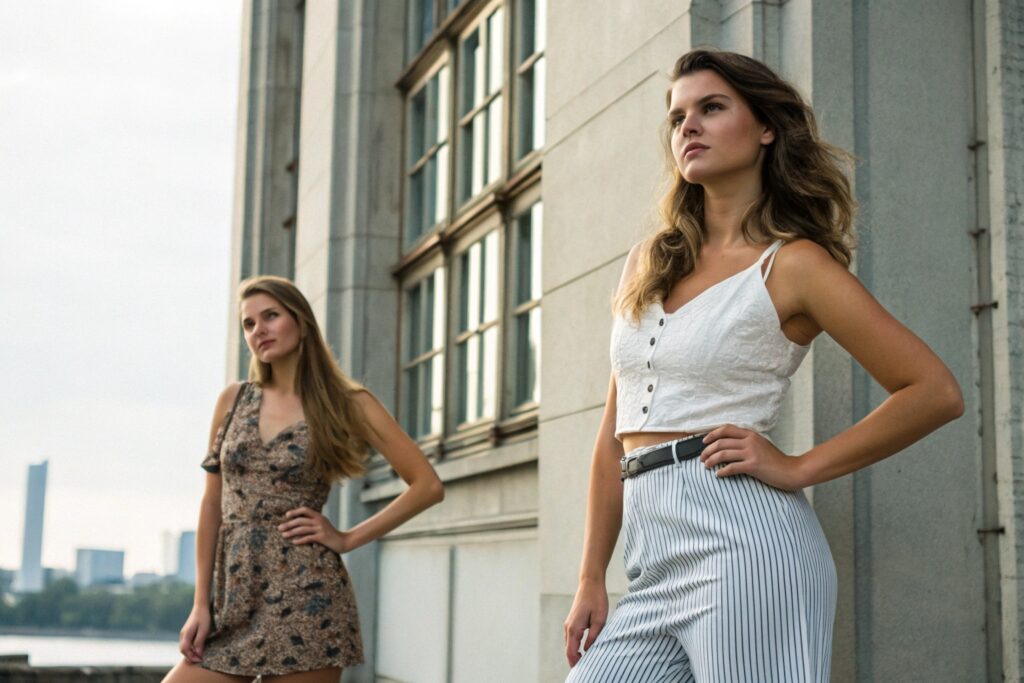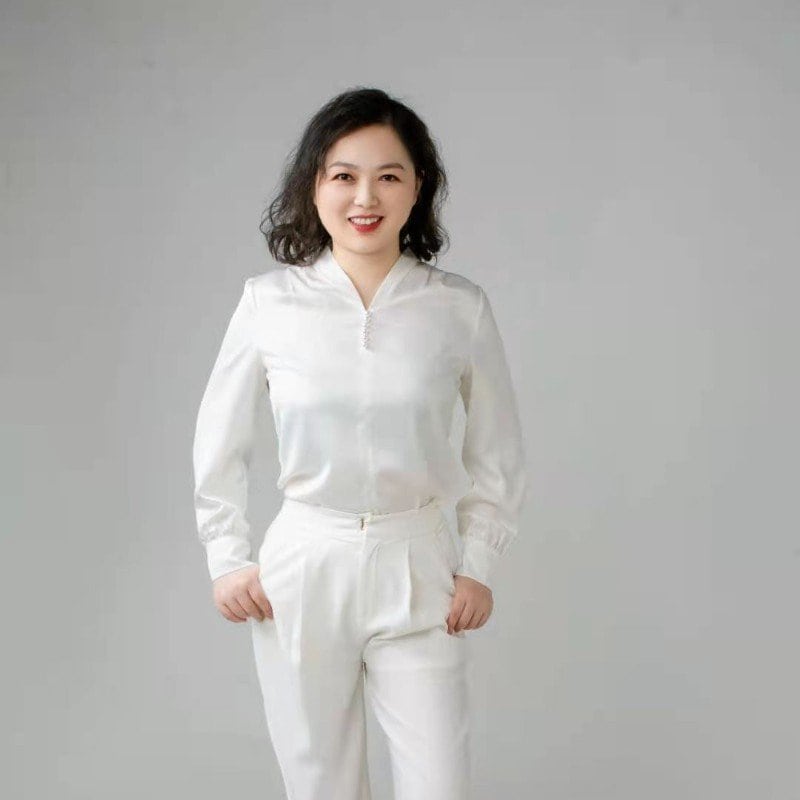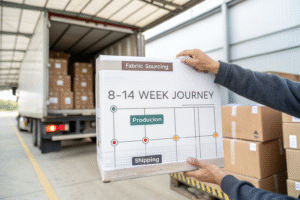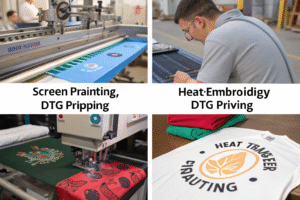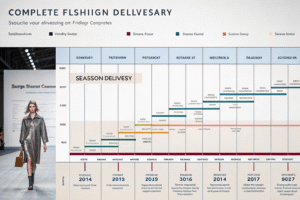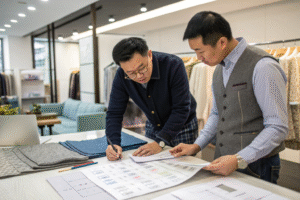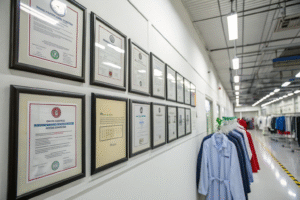When buying clothes, shoppers don’t just want a good fit—they want to feel good about themselves. Confidence is what turns a customer into a loyal fan.
Brands can help shoppers feel more confident by offering inclusive sizing, clear fit guidance, honest visuals, and emotionally supportive messaging that helps people feel seen and celebrated.
Clothing isn’t just about fabric—it’s about identity, comfort, and self-expression. If brands focus on emotional connection as much as product, trust and loyalty grow naturally.
How do you feel confident in the clothes you wear?
Confidence comes from how clothes support your body, style, and mindset—not just how they look in the mirror.
To feel confident in clothes, wear pieces that fit your body well, match your personality, and make you feel comfortable—not just trendy.
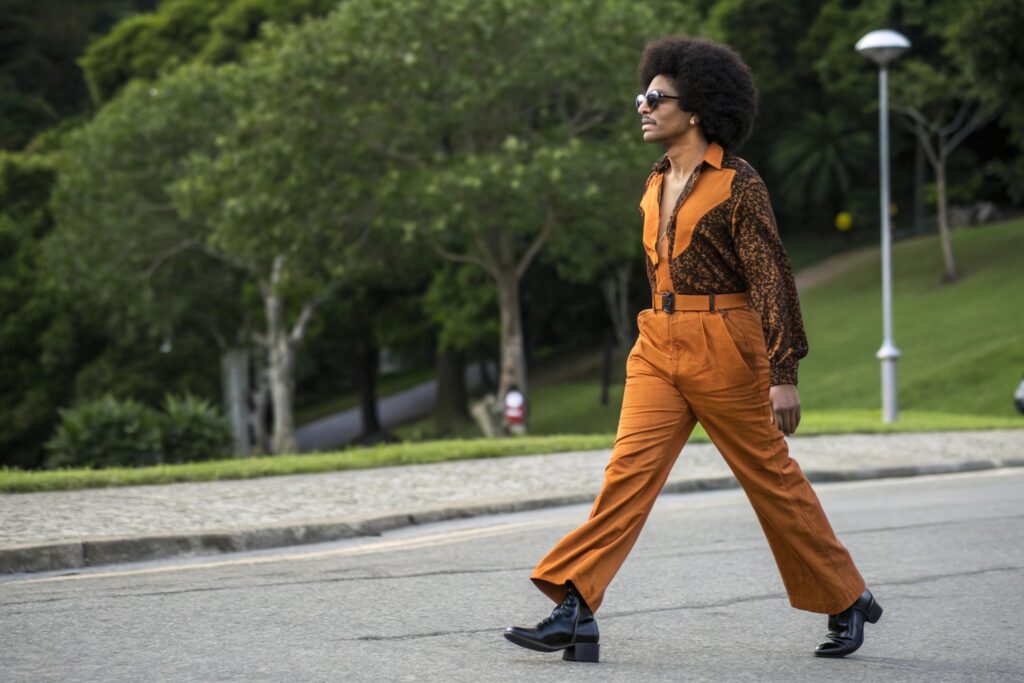
What actually makes clothes feel empowering?
- Fit that flatters1 your natural shape
- Fabric that moves with you, not against you
- Colors and styles that reflect your mood or identity
- No stress about adjusting, hiding, or second-guessing
| Clothing Element | Confidence Effect |
|---|---|
| Proper fit | Reduces body self-consciousness |
| Signature color/style | Builds identity and self-trust |
| Quality fabric2 | Feels reliable and polished |
| Versatile pieces | Less outfit anxiety |
I feel most confident when I forget I’m wearing something. That only happens when the piece fits right, moves well, and feels like me—not a trend I’m forcing.
What can brands do to help?
- Offer garment fit notes, not just measurements
- Show real people modeling the product
- Include styling tips for different body types
- Use messaging that reinforces self-acceptance3, not pressure
Confidence isn’t sold—it’s supported.
How does fashion boost confidence?
It’s more than “look good, feel good.” Clothes shape how we carry ourselves, interact with others, and even think.
Fashion boosts confidence by helping people express identity, signal competence, and feel more in control of how they’re perceived.
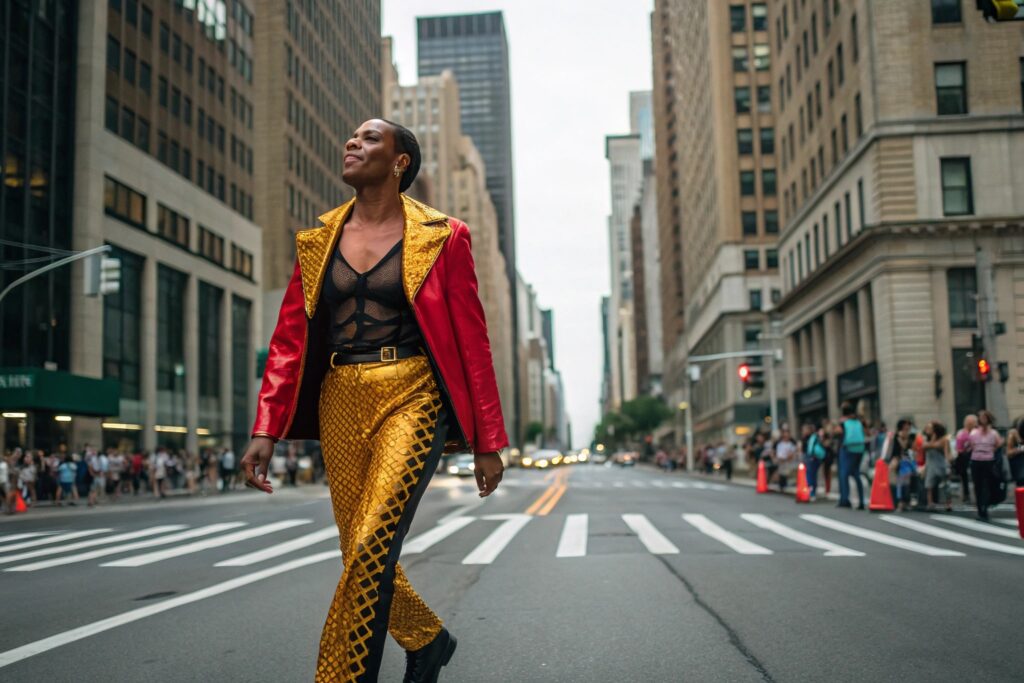
What’s the link between fashion and psychology?
Wearing something that aligns with your values and identity gives you an internal boost. This is called “enclothed cognition4”—the psychological effect of what we wear on how we think and feel.
- Professional clothes increase assertiveness
- Bright colors lift mood and energy
- Well-fitted basics reduce self-focus and worry
- Creative outfits empower self-expression
| Clothing Impact | Confidence Result |
|---|---|
| Structure and tailoring | Feels prepared and competent |
| Comfortable stretch | Encourages movement and ease |
| Unique prints or cuts | Affirms personal identity |
I once worked with a brand that let customers customize the lining inside their blazers. Even if no one saw it, the confidence people felt knowing it was “theirs” was visible in how they stood.
What kind of fashion messaging5 boosts confidence?
- Celebrate diversity, don’t edit it
- Say “feel strong”, not “fix your body”
- Highlight the wearer, not just the outfit
- Focus on how it feels, not just how it looks
When shoppers feel understood, they don’t just buy—they connect.
What are customers looking for when buying clothes?
Yes, they care about color and fit. But underneath that, they’re looking for something deeper: clarity, trust, and confidence.
When buying clothes, customers want fit, comfort, quality, ease of styling, and emotional alignment with the brand’s values or story.
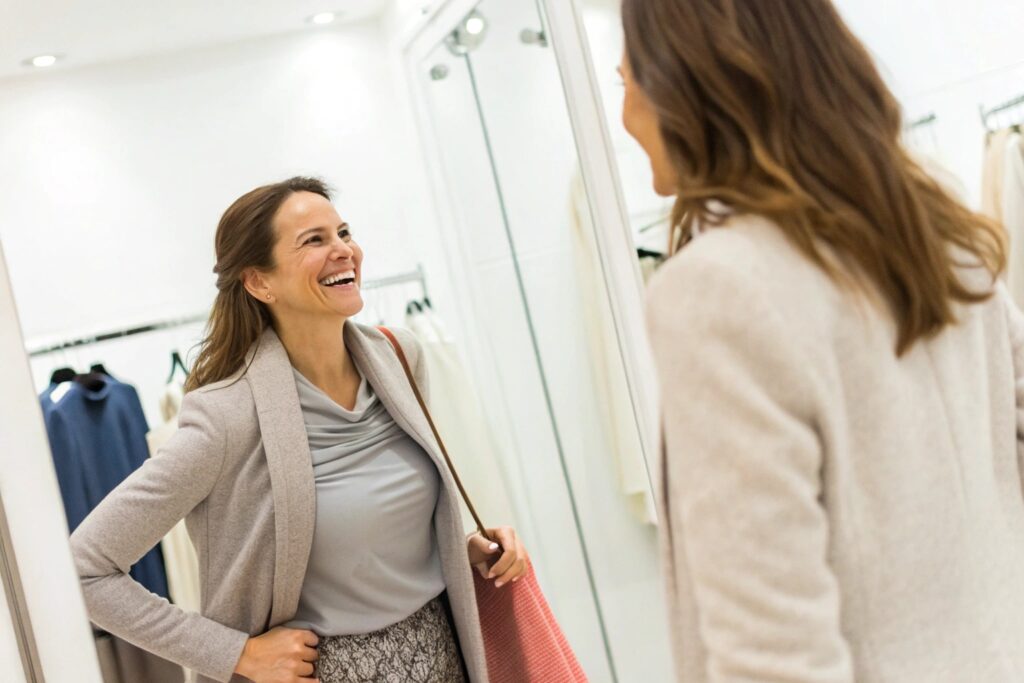
What practical and emotional needs drive purchases?
| Need Type | Customer Expectation |
|---|---|
| Practical | Accurate sizing, durable materials, easy care |
| Emotional | Self-expression, belonging, confidence |
| Social | Appropriateness for events, compliments |
| Functional | Ease of movement, versatile use |
In short: people want clothes that feel good and make them feel good.
Here’s what they often ask before buying:
- Will this fit without surprises?
- Can I wear it in different settings?
- Does this reflect who I am or want to be?
- Will I feel like myself—or better—in this?
What can brands offer beyond product?
- Style quizzes to help buyers find their best fit or color
- Community photos to show diverse bodies wearing the item
- Transparency in sizing, pricing, and sourcing
- Affirming language: not just “flattering,” but “empowering,” “soft,” “grounding”
People buy what makes them feel smart, safe, and seen—not just stylish.
Why does buying clothes make me feel better?
Sometimes, shopping feels like therapy. That’s because it taps into self-image and the promise of change.
Buying clothes can make people feel better by offering control, comfort, self-renewal, and emotional elevation through novelty, reward, and identity affirmation.
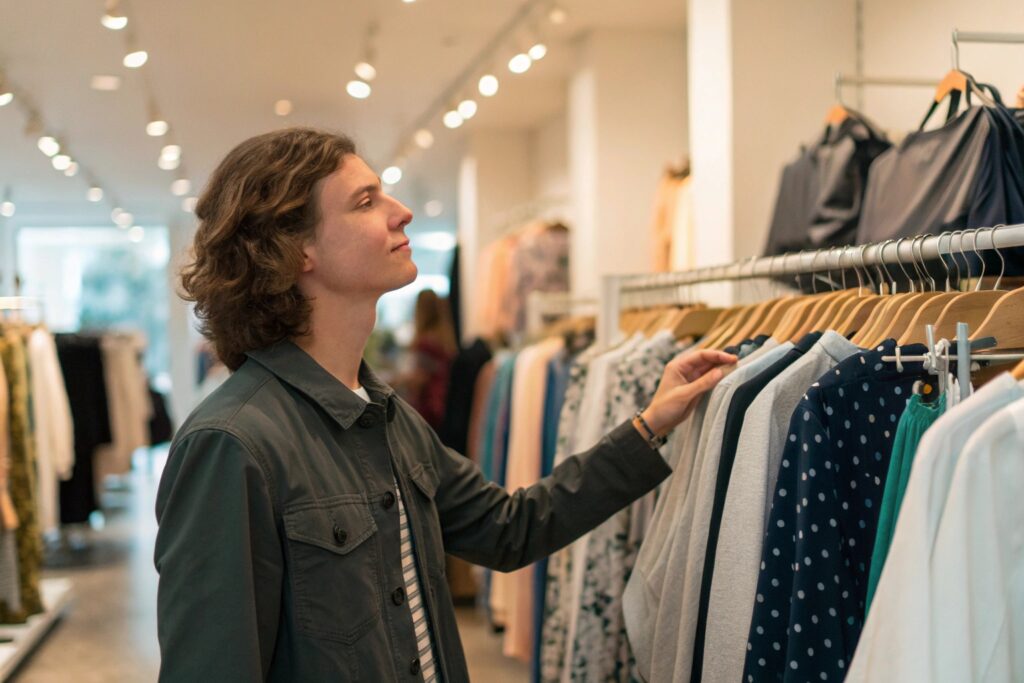
What emotional needs6 does clothing shopping fulfill?
- Escape – A moment of joy during a stressful day
- Hope – A belief that change is possible
- Progress – Signaling a new chapter or mindset
- Control – Making a choice for yourself
- Reward – Treating yourself after hard work
| Emotional State | Shopping Impulse |
|---|---|
| Feeling stuck | Try a new color or silhouette |
| Feeling invisible | Buy a statement piece |
| Low energy | Choose soft, cozy fabrics |
| Starting fresh | Build a capsule wardrobe7 |
I’ve seen customers tear up during fittings—not because of the clothes, but because of how they finally felt: “seen,” “worthy,” “free.” That’s what clothes can do.
How can brands support this without pushing impulse buying?
- Shift from “must-have now” to “wear it for years”
- Encourage thoughtful purchases8 with styling content
- Normalize trying, returning, and growing—no shame
- Celebrate the emotional story behind a new outfit
When brands treat buyers like people, not just transactions, trust grows—and so does confidence.
Conclusion
Confidence in clothing starts long before someone wears the item—it starts the moment they feel seen, understood, and respected by a brand. Help people feel good in what they wear, and they’ll keep coming back not just for products, but for the feeling.
-
Discover how a flattering fit can enhance your confidence and overall appearance, making you feel empowered in your clothing choices. ↩
-
Learn why quality fabric not only enhances comfort but also boosts your confidence and self-image in everyday wear. ↩
-
Explore the connection between self-acceptance and fashion choices, and how it can lead to a more empowered wardrobe. ↩
-
Understanding enclothed cognition can enhance your awareness of how clothing influences your mindset and self-perception. ↩
-
Exploring effective fashion messaging can help brands connect better with their audience and promote self-esteem. ↩
-
Understanding emotional needs can enhance your shopping experience and help brands connect better with customers. ↩
-
Learning about capsule wardrobes can help you create a versatile and sustainable closet, reducing impulse buys. ↩
-
Exploring this topic can provide insights into sustainable shopping practices and mindful consumerism. ↩

